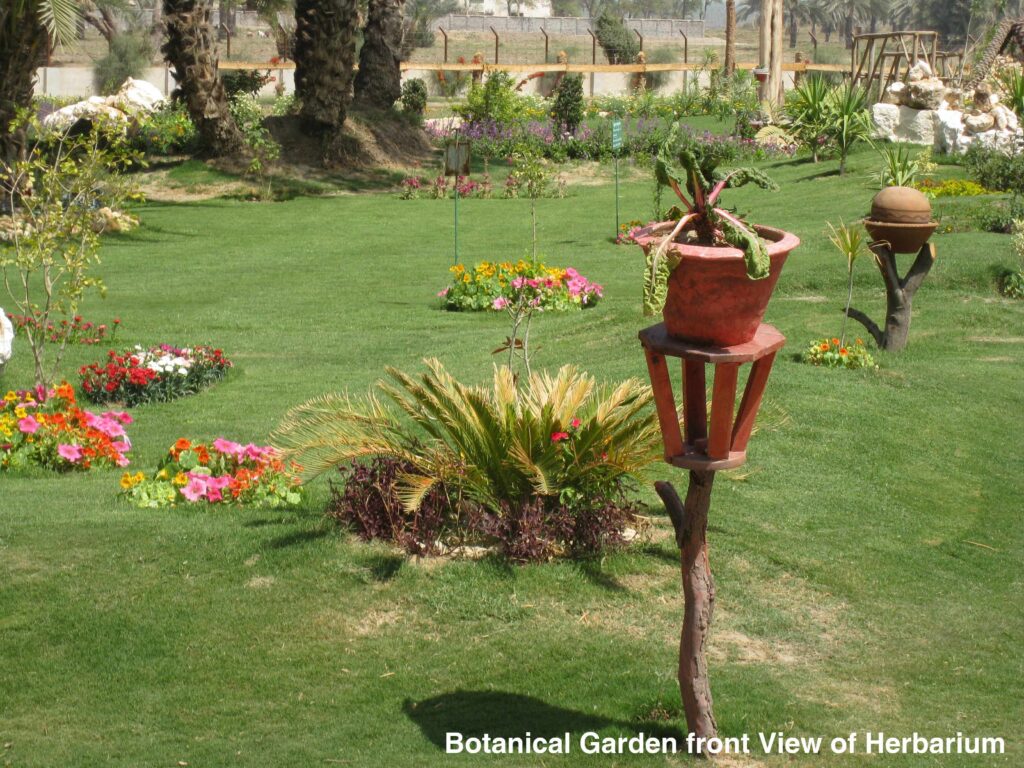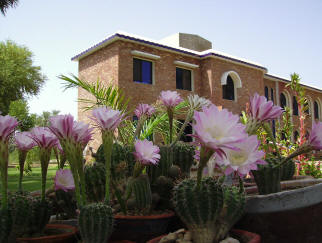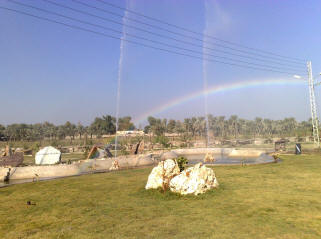Botanical Garden

Introduction


Botanical gardens are regarded as the main centers for the conservation of wild species. Their concern is largely with rare and endangered species and is increasingly involved in programmes of their conservation and reintroduction into the wild. Many of the conservation collections in botanic gardens are, however, inadequate in terms of initial sampling, number of accessions and individuals, and form of maintenance. There is a need for botanic gardens to follow much more rigorous standards if they are to play an effective part in overall national conservation policies and genetic resource strategies.
Botanical gardens have a long tradition of introducing plants into cultivation and maintaining them for long periods, especially in the case of trees. They have been responsible for the introduction of many economically important plants into agriculture, horticulture and forestry and this continues to the present day, although much plant introduction is now carried out by specialist agencies. Many tropical/subtropical botanic gardens were originally established as nurseries or introduction centers for germplasm of species that might prove useful either for the local economy or for the international sponsoring agencies. In addition to its scientific role, the Garden is also major tourist attraction, providing inspiration, relaxation and pleasures to visitors of all age from different corners of the world. Many of the wonders of the plant kingdom can be displayed on the ground.
SCOPE OF BOTANICAL GARDEN
The Garden is first and foremost a scientific institution, dedicated to the pursuit of research of highest quality on the Systematics and biology of plants. This research, which underpins the other plant science and conservation, will make possible by the garden’s nationally/internationally important collections of living and preserve plants.
In addition to its scientific role, the Garden is also major tourist attraction, providing inspiration, relaxation and pleasures to visitors of all age. Many of the wonders of the plant kingdom can be displayed on the ground.
OBJECTIVES: Botanical Garden is available plant-based science, education and cultivation with following objectives:
1. Education;
2. Conservation;
3. Ethno-botanical studies
1- EDUCATION
The important aspect of the BOTANICAL GARDEN will impart an Education by using wide range of educational techniques to children, adults, nature lovers, biology students, geographers and foresters on the following potential aspects:
to appreciate the dependence of people on plants;
the interaction of plants and the environment;
the loss of habitat and species nationally and globally;
the richness of plant biodiversity at home and abroad.
2- CONSERVATION
The conservation is the potential significant contribution to plant conservation world-wide through the provision and interpretation of scientific research with extension into practical conservation projects (in situ/ex situ).
BOTANICAL GARDEN would launch such conservation projects focusing on diverse Ecozones of the world. BOTANICAL GARDEN will achieve conservation planning process through consultations with national and international bodies such as International Union for Conservation of Nature and Natural resources (IUCN), Botanic Garden Conservation International (BGCI), Federal Environmental Protection Agency (FEPA), Sindh Wildlife Department, Sindh Environmental Protection Agency (SEPA). Hence, this project will achieve its objectives through collaboration with other institution both at home and abroad.
3- ETHNO-BOTANICAL STUDIES
Medicinal plants garden is established that displayed those plants which are being used as folklore for various purposes by the people in their daily life.
Research generated by medicinal garden can be useful in establishing priorities in the conservation of endangered or threatened/rare species.
Botanical Garden is comprising of following main components:
1. Indus Arboretum;
2. Ravi Park;
3. Bolan Aromatic Garden;
4. Khyber Succulent Garden;
5. Pond Lake;
6. Glass House/nursery.
1- Indus Arboretum: An Arboretum is the name for a collection of trees. A plot of land is dedicated to the cultivation of trees. The wide range of native trees of Nara Desert (includes Nara Game Reserve, Takkar wildlife sanctuary, Nara wildlife sanctuary. Khirthar National park) and some more trees from different deserts/dry lands is introduced there. It is look alike woodland with associate undestroyed shrubs and herbaceous plants. It is serving for scientific, educational and exhibit purposes.
2- Ravi Park: A piece of land is used for developing lawns, with colorful collection of ornamental shrubs and herbs. The landscape of park will be of undulating and flat area. The walking paths/tracks (Grassy path) will be decorated with perennial shade providing tall shrubs or small sized tress. Besides, beds for seasonal flower is the part of the park which exhibits variety of colour and fragrances. The sand ridges is also be covered with grass (lawn) and suitable shrubs. A children play ground is there with the Park. Hedges and climbers species is introduced to exhibit the scenic beauty of the park matching with landscape.
3- Bolan Aromatic Garden: A piece of land with natural landscape is reserved for native as well as exotic aromatic plants species. this layout is developed on the map of Baluchistan.
4- Khyber Succulents Garden: The succulent word derived from Latin “Succus” means Juice. Plants, some of their parts such as stem, branches, leaves, stalks, flowers tubes and sometimes roots are juicy, fleshy or thick are termed succulent or thick leaved plants. Succulent plants may occur in widely varied plant families and one family may have only a few succulents. Even a large family of plants CACTAEAE has members with no succulent characters.
The succulence plants, including the cacti, have developed as a result of the influence of climate and habitat. These plants have had to learn to make the most economical use of water and to obtain their essential nutrients even when there is a water shortage. They are able to survive long periods of drought by retarding their life processes and, even though they appear to be dead, by storing in their tissue at least a minimum supply of water. Their odd appearance, so different from other plants, is the result of their adaptation to the conditions of their habitat; some of the species which developed the greatest degree of succulence even tend to resemble objects, lifeless stones or sea animals rather than living plants.
5- Dhandh Lake Lake (Wetland) where aquatic species will be introduced. The surrounding of this water body will be developed by introducing hedges and herbaceous border. There will be tree lines around the lake. The margin of lake in water will be filled with a variety of aquatic plants such as water lily i.e Nympheae species, Hydrilla, Vallisnera, Potomogeton, Lemnas, Eichhornia and many water ferns and grasses.
a. Glass House/nursery: Humid tropical greenhouse.
Greenhouse will be reserved for research/practical purpose with primary objective to provide required control environment to the research projects from faculty, staff, graduate and undergraduate students. Glass House is for exhibition of diverse collection of various plant groups under controlled environment. Like orchids, hydrophytes, ferns etc.
SLUBGH is maintaining Temperature Data Thrice a day for observing weather round the year. For detailed weather observation.

